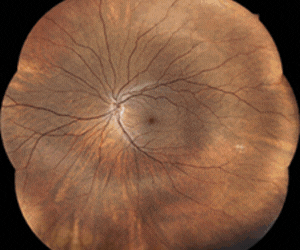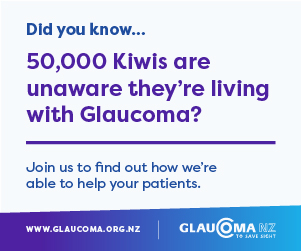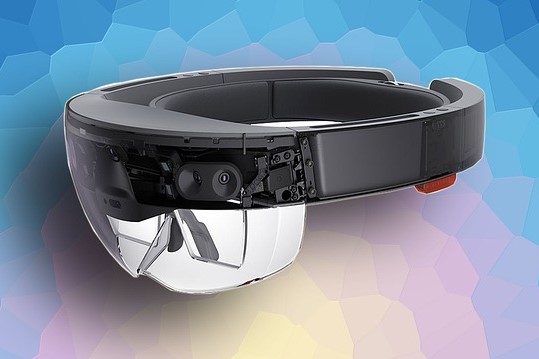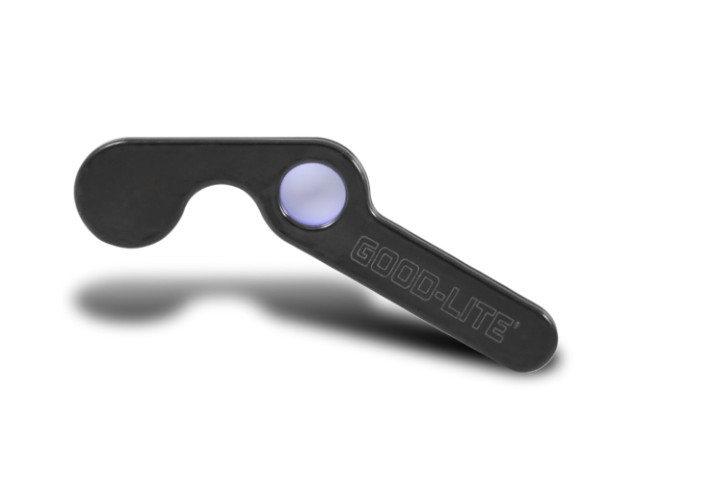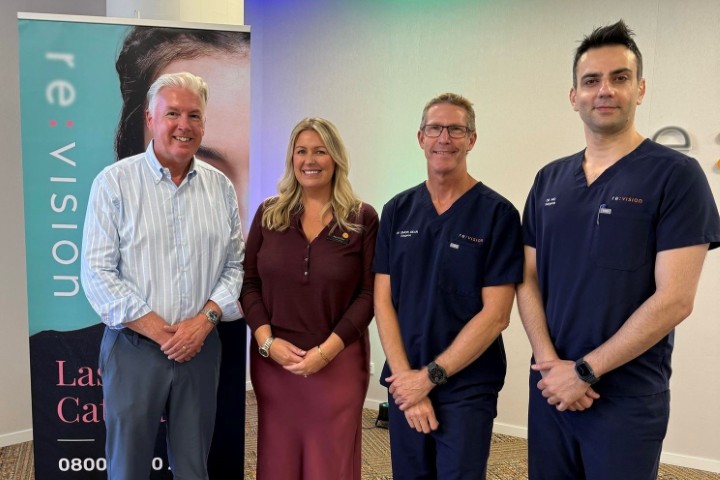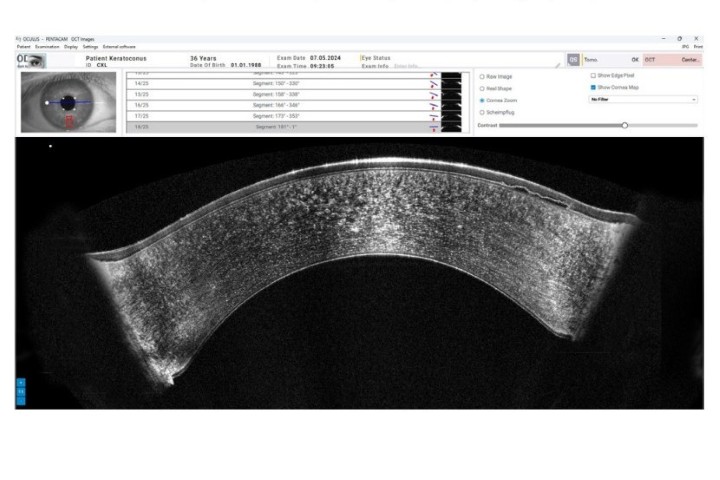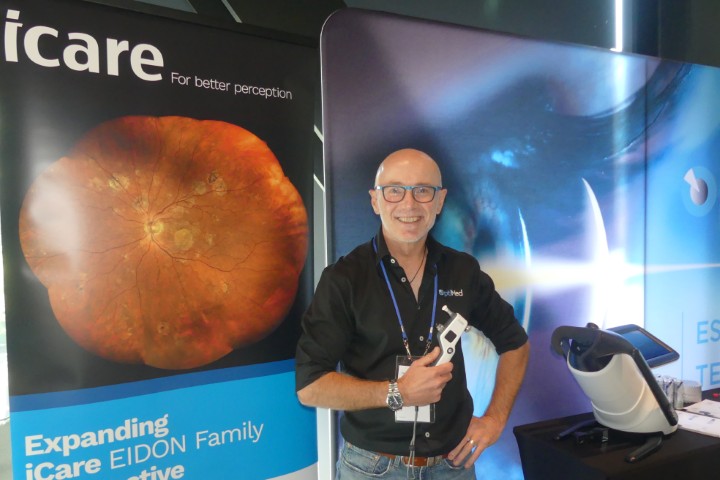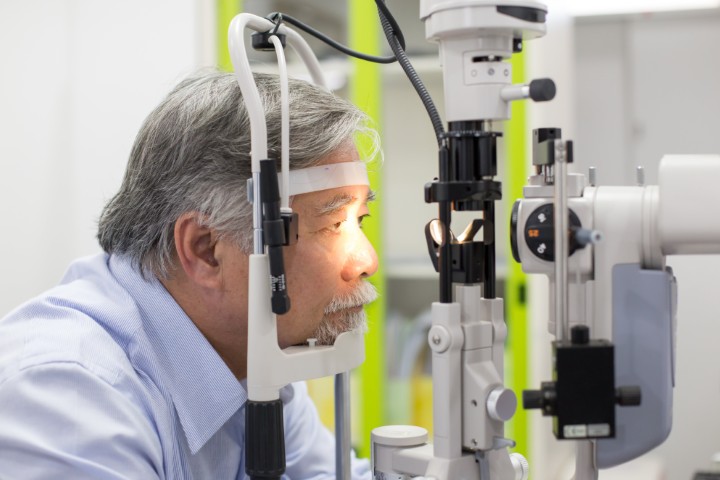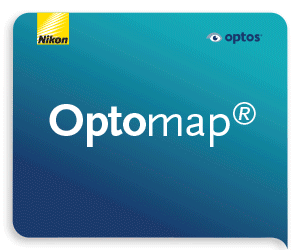VR surgery less accurate?
Researchers at the University of Pisa have found people wearing virtual reality (VR) headsets cannot focus on both the virtual and real content at the same time. They caution this could make current technology unfit for high precision manual tasks such as surgery.
Wearable augmented reality (AR) devices, commonly referred to as head-mounted displays (HMDs), they said, offered the most ergonomic solution for manual tasks performed by the user under direct vision since they provided an egocentric viewpoint and allowed the operator to work hands-free. With optical see-through (OST) AR technology, computer-generated content is projected onto semi-transparent displays in front of the user’s eyes, and the user can still see real-world objects beyond the screen. In these experiments, the researchers used one of the most advanced OST devices available, the Microsoft HoloLens.
However, the researchers explained, the focal length of available optical see-through (OST) head-mounted displays (HMDs) was at least two metres and this meant the eyes couldn’t focus on both the virtual and real objects simultaneously (focal rivalry). They said another perceptual limitation was related to the vergence-accommodation conflict (VAC), though this was only present in binocular vision. They pointed out recent feasibility studies demonstrated OST HMDs based on light field displays could potentially solve the accommodative difficulties but this technology is not ready for deployment and only traditional OST HMDs are currently available in the marketplace.
The researchers asked 20 participants to complete a “join the dots” test using a ruler, pen and paper to connect a sequence of numbered dots visually projected onto the display of an optical see-through (OST) device mounted on the participants’ heads.
Participants said they felt that they completed the test similarly whether or not they used the AR device but said they were more fatigued. However, on average, participants made errors of 2.3 mm in length when using the HoloLens (with a maximum error of 5.9 mm), compared to errors averaging 0.9 mm performing the same task with the naked eye.
Although they acknowledged there was increasing interest in using commercial OST-HMDs to guide high precision manual tasks that required accurate alignment of VR data to the actual target (such as surgical tasks), the researchers cautioned attention needed to be paid to the current limitations of available technology not designed for peripersonal space.
The study was published in IEEE Transactions on Biomedical Engineering.






